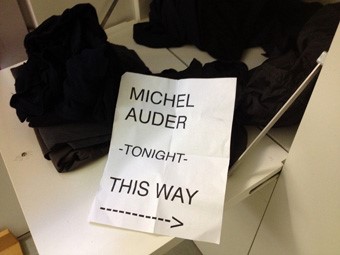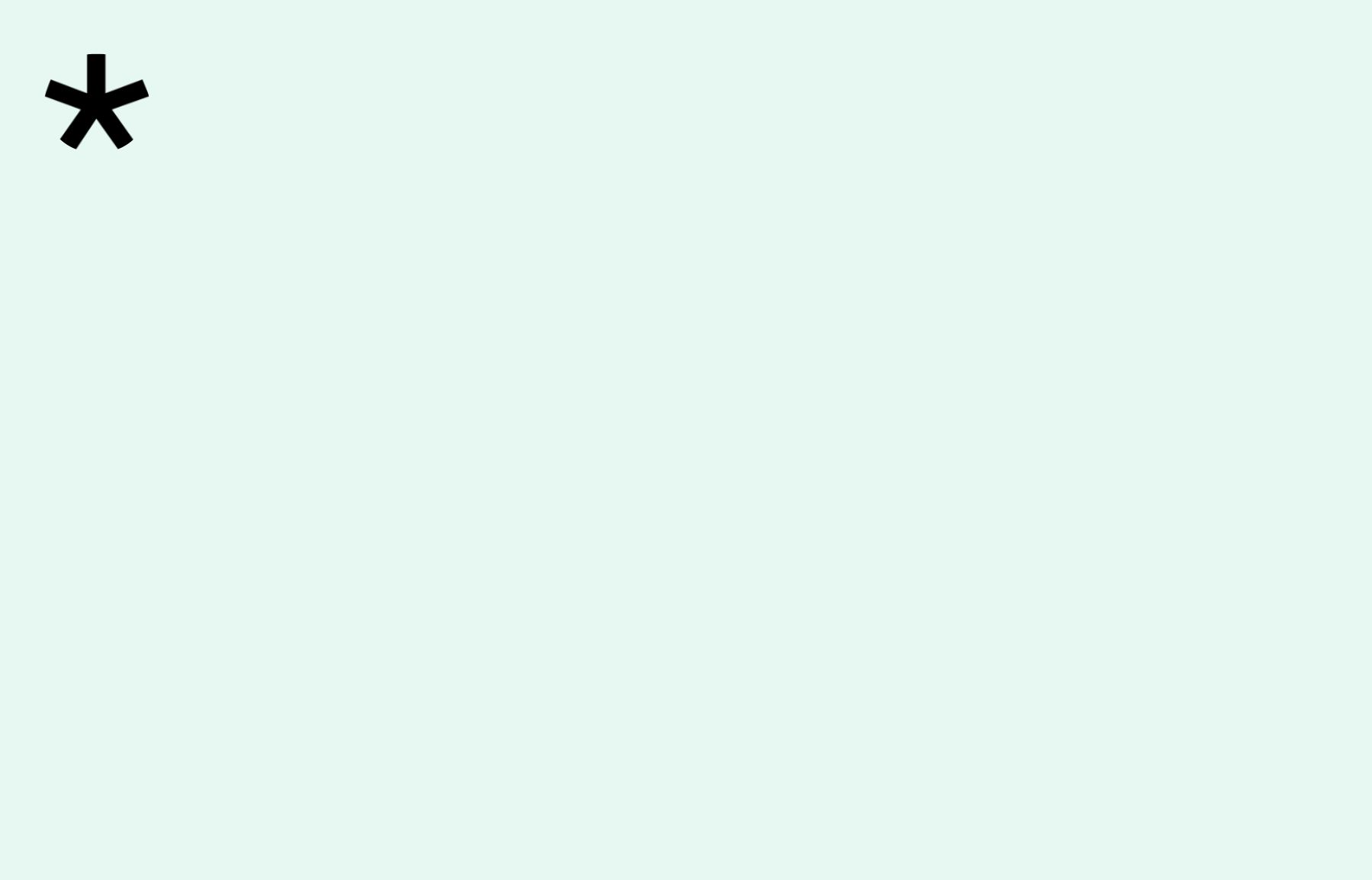France, Visual Arts, 2016
Michel
Auder
Born in Soissons, in the north of France in 1944 Michel Auder began making films in Paris in the early 1960s. In 1969 he purchased a Sony Portapak, the first portable video camera, embarking upon his long running career as a video artist.
Auder’s films are inextricably bound up with his own life. With the Portapak he discovered a way of filmmaking without scripts and sets, he simply carried his camera around with him, adopting ‘the world as my set and people as my actors’. In the late 1960s and for most of the 1970s he lived in the Chelsea Hotel in New York with his wife, Susan Hoffmann, who was known to him and most others as ‘Viva’, the name that Andy Warhol had given her. Footage from this period was edited much later to make films such as ‘Chelsea Girls with Andy Warhol 1971-76’ (1994) and ‘The Cockettes, New York City 1971’ (2008). Whereas these films, and others such as the diaristic ‘My Last Bag of Heroin (For Real)’ (1986) chronicle chapters in Auder’s life (and that of others around him) other films are composed as video portraits (Annie Sprinkle’ 1981-84; ‘Cindy Sherman’, 1988; ‘Portrait of Alice Neel 1976/82’, 2000), essays (‘I was Looking Back To See if You Were Looking Back at Me To See Me Looking Back at You’, 2012; ‘Rooftops and Other Scenes’, 1996; ‘Voyage to the Center of the Phone Lines’, 1993) letters (‘Made for Denise’; ‘My Love’, both 1978 ) or collages that have a rhythmic structure that is either adopted from music or akin to poetry (‘Brooding Angels, Made for R.L.’, 1998; ‘Endless Column’, 2001; ‘The Games: Olympic Variations’, 1984; ‘Polaroid Cocaine’, 1993). Auder’s films bear an affinity to literature and literary forms – a personal interest that is also explored in a number of films about poets and writers (‘Adriano Spatola at Melkweg- Amsterdam’, 1980; ‘Alain Robbe-Grillet – NYU’, 1979; ‘Allen Ginsberg at St. Marks Church’, 1976; ‘Gerard Malanga’, 1977; ‘John Ashbery Reading at Southampton College’, 1977; ‘John Cooper Clarke at Melkweg – Amsterdam’, 1980; ‘Kathy Acker at Melkweg – Amsterdam’, 1980; ‘William S. Burroughs Reading at Melkweg – Amsterdam’, 1980 and several films featuring the poet Gregory Corso).
Auder has said that his films ‘describe the world as he sees it’. He uses the camera to transcribe events and conversations but also to record what he sees from his apartment window or on television or in a book or magazine. Each of these observations are written to a vast bank of images that are – sometimes much later – reviewed and edited into new films. It’s an ongoing and seemingly continuous project that is also shaped by increasingly portable cameras (today Auder often uses a smartphone to record new footage). He describes a lateral approach to traversing his vast archive:
There’s no reason for me to erase it even if it looks bad. Experience has told me I can look back 20 years later and find something interesting. I was smart enough to understand that things get older and the meanings change. Without even thinking about it I know everything has to be kept because I know it’s going to be useful, if not the image then the soundtrack. I don’t think about it, I shoot something and that’s it, it’s in the boxes. It’s not going to move, it’s part of my work.’



